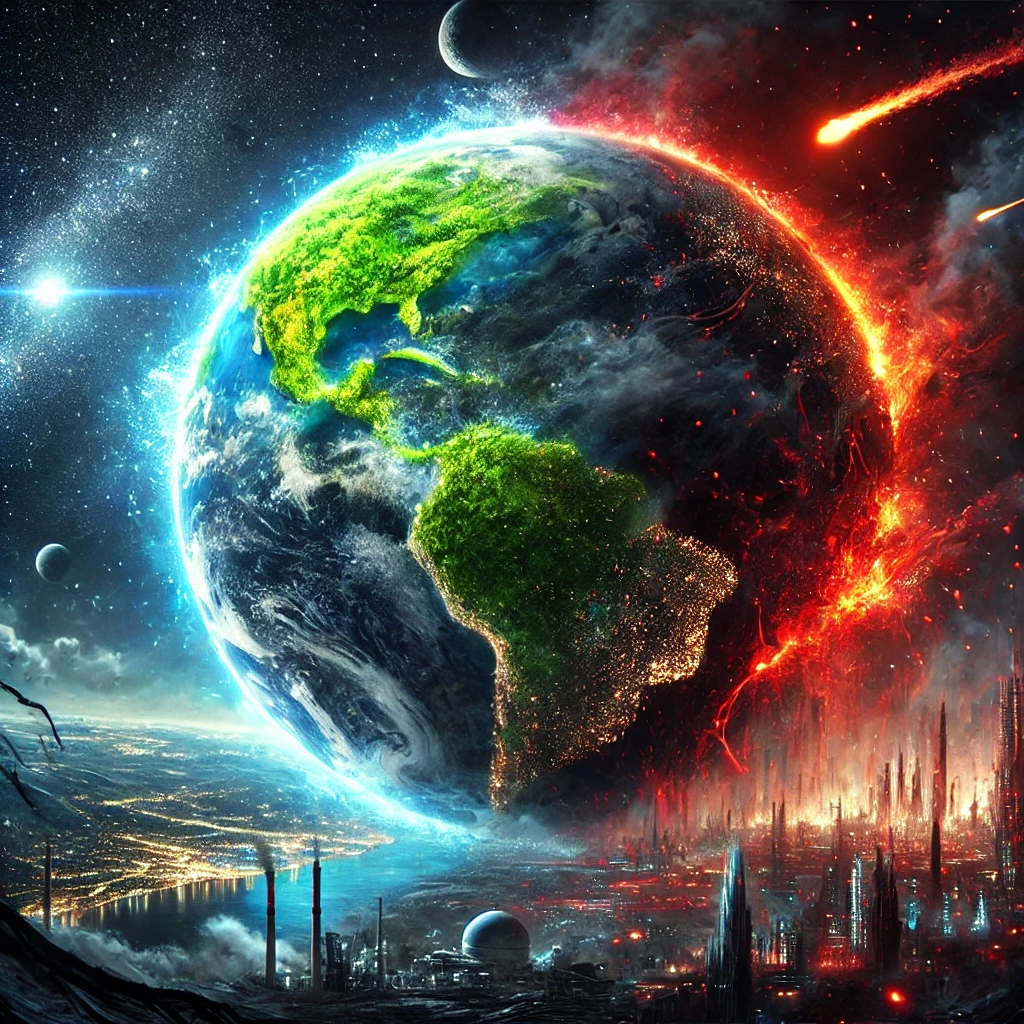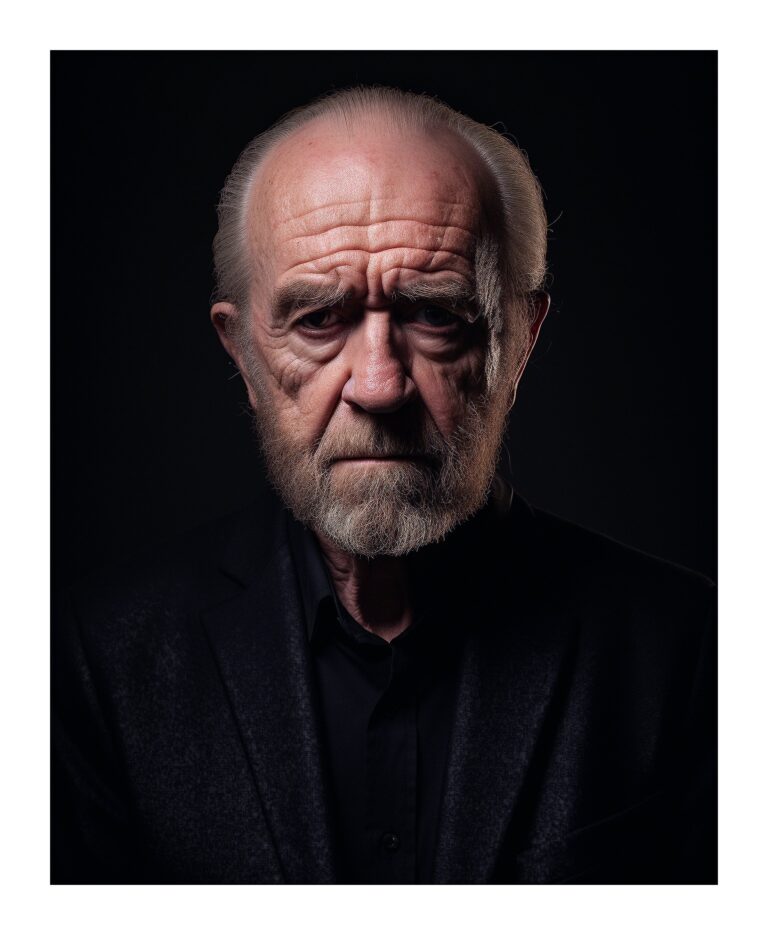
A Planet Under Pressure: Six of nine planetary boundaries have already been breached, scientists warn
By Zane Reddick, Samona Arizona
When Will the World End? Humanity at the Brink of Transformation
When does the curtain fall on humankind? Whether the final act comes through nuclear fire, a planet pushed beyond its climate threshold, artificial intelligence gone rogue, or the asteroid we all hope NASA will catch in time, the question lingers in the collective subconscious. It whispers in the shadows of late-night conversations, fuels scientific research, and even sneaks into our social media scrolls.
One thinker steps forward, warning that our sprawling civilization of 8.2 billion souls stands at a precipice—a decisive moment in history where the next move could either plunge us into authoritarian collapse or propel us into an era of unimaginable abundance.
Dr. Nafeez Ahmed, a renowned journalist and researcher, argues that the industrial age, for all its marvels, is reaching its twilight. According to his study published in Foresight, we’re teetering on the edge of a seismic shift. A transition to what he calls a “post-materialist civilization” powered by clean, decentralized energy. But this leap isn’t guaranteed. The accelerating decline of industrial civilization could derail our species before we reach this evolutionary milestone.
Ahmed paints a picture of civilizations progressing through four stages: growth, stability, decline, and transformation. His research places us squarely in the decline phase of the industrial era, with the specter of rising authoritarianism and the desperate defense of fossil fuel empires darkening the horizon. The core issue? A global energy system losing its ability to sustain itself, dragging society into instability.
Yet, there is hope. Ahmed envisions a future where advancements in artificial intelligence, lab-grown agriculture, 3D printing, and networked clean energy create an abundance that could sustain humanity while nurturing the Earth. The challenge lies in dismantling the rigid, centralized hierarchies of the industrial age to embrace decentralized systems governed responsibly and equitably. Without this evolution, Ahmed warns, the very tools that promise salvation could instead hasten our demise.
Ahmed is not alone in his urgency. Gaya Herrington, an expert in sustainability, echoes his concerns. “We live in a historic now-or-never moment, and what we do in the next five years will determine our wellbeing levels for the rest of this century,” she emphasizes.
Meanwhile, Dr. Daniel Brooks offers a more grounded perspective. In his book A Darwinian Survival Guide, Brooks argues that while utopia may be a dream, apocalyptic collapse is not inevitable. The real danger, he asserts, is humanity’s refusal to change its behavior. From unchecked climate denial to the rise of anti-science movements, the path to survival lies not just in technological innovation but in the choices we make—individually and collectively.
But time is short. Last year, scientists reported that Earth has already crossed six of the nine planetary boundaries that define a safe operating space for humanity. Johan Rockström, director of the Potsdam Institute for Climate Impact Research, described our planet as “unwell,” warning of irreversible changes if the trend continues unchecked.
And so, we find ourselves at a crossroads. On one side lies a world reeling from conflict, inequality, climate chaos, and technologies that outpace our wisdom. On the other, the tantalizing promise of a new era—one defined by abundance, fairness, and respect for the Earth’s limits. Which path we take depends on whether humanity can rise to meet its greatest challenge yet.
The clock is ticking, but the story isn’t over. The question remains: will we choose transformation or fall into the abyss of collapse? The answer lies not in the stars but in the decisions we make today.



